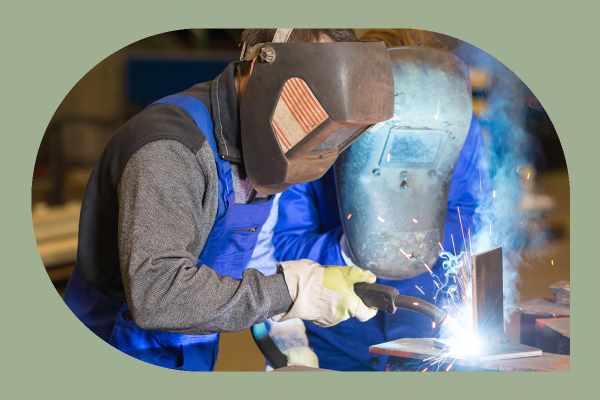Welder training program requirements and job requirements are not the same everywhere and can vary by State, school and employer. Most technical colleges and employers require high school diploma or GED. And employers will often require certification or an undergraduate degree from a technical college.
Though some companies do offer excellent apprenticeships that will take you through the entire process.
Courses in a welding program
Not just heating and shaping pipes and metals, some of the classes you’ll take in your welding program include:
- Introduction to Blueprint Reading for Welders
- Introduction to Oxy-Fuel Welding and Cutting
- Introduction to Shielded Metal Arc Welding
- Read more
In your classes you’ll learn to master soldering, brazing, casting, and bronzing too.
A vocational school program in welding helps you achieve a Certificate of Achievement. A technical college can help you expand your education and earn an Associate of Science in Welding or even further, a Bachelor of Science in Welding Engineering.
Welder Salary Information
The mean annual salary for a welder in 2023 was $$52,640 according to the Bureau of Labor Statistics.
Percentile wages for welders in 2023 (BLS).
| Percentile | 10% | 25% | 50% (Median) |
75% | 90% |
|---|---|---|---|---|---|
| Hourly Wage | $ 17.71 | $ 20.56 | $ 23.53 | $ 28.80 | $ 35.08 |
| Annual Wage | $ 36,830 | $ 42,760 | $ 48,940 | $ 59,900 | $ 72,970 |
The pay information was updated in April of 2024.
Reference:
